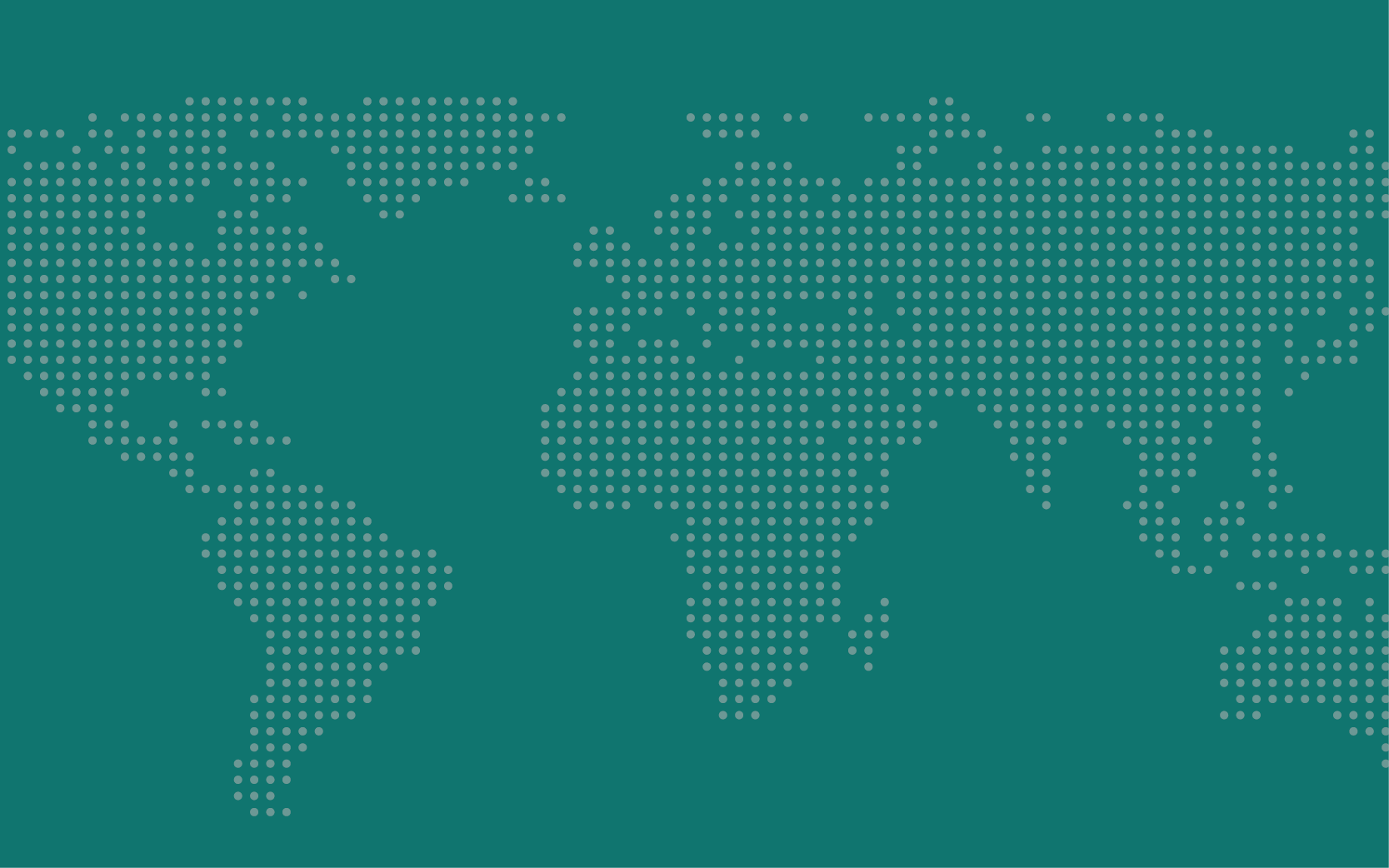Sustaining the Fight for Women’s Rights in Iran as Repression Tightens
In analysis for Political Violence At A Glance, an IGCC-supported blog dedicated to political violence and its alternatives, Yu-Ping Chang, a Kansas State University security studies Ph.D., and Ghashia Kiyani, a Donald R. Beall Defense Fellow at the Naval Postgraduate School, analyze the Mahsa Amini protests in Iran and the effects they may have on women’s rights and civil society.
The death of 22-year-old Mahsa Amini, who died in custody after being detained for improperly wearing a hijab, ignited protests across Iran. Though the Iranian government blames foreign influence, the demonstrations are more diverse than any in Iran’s recent history. They include students, merchants, artists, athletes, business owners, and a range of ethnicities. Moreover, women have been at the forefront, demanding women’s rights, while taking off headscarves and cutting their hair.
What influence, if any, will these protests have on women’s rights in Iran, and on the shrinking space for the civil society organizations that advocate for them?
This year’s protests are part of a larger trend of demonstrations and civil activism that have been ongoing in Iran since 2016. They have occurred against a backdrop of US sanctions, rising inflation, low wages, poor working conditions, and significant unemployment. In 2021, economic hardship was further compounded by water shortages and electricity blackouts due to unusually high temperatures.
Suffice to say, the Iranian government is facing economic and political vulnerabilities. And like many states, the government is relying on its coercive apparatus to crack down on an increasingly agitated and mobilized population. Civil society leaders have been a particular target.
Read the full blog post at Political Violence At A Glance.

Global Policy At A Glance
Global Policy At A Glance is IGCC’s blog, which brings research from our network of scholars to engaged audiences outside of academia.
Read More